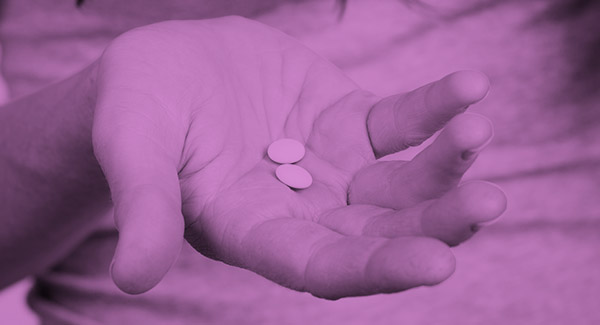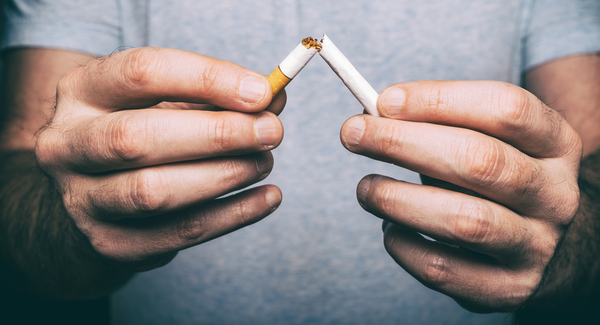Spinal Stenosis
Back pain that runs down the leg may be caused by spinal stenosis.
The spine protects the spinal cord and helps the body stand and bend. Spinal stenosis causes narrowing of the spine.
In people with spinal stenosis, the spine is narrowed in one or more of three parts:
- The space at the center of the spine.
- The areas where nerves branch out from the spine to other areas of the body.
- The space between the bones of the spin.
This puts pressure on nerves and the spinal cord, causing pain in the back and lower body. The condition may also affect the stomach and urinary system. Spinal stenosis is more common in people 50 years old or older.
Causes
The condition is commonly caused by wear-and-tear on the spine related to osteoarthritis. So, it’s more likely to happen as someone ages. But people with other types of arthritis and related conditions that affect the spine may develop spinal stenosis. Younger people with a spine injury or a narrow spinal canal or people with scoliosis (an abnormal curve of the spine) are also at risk. A back or neck injury, a spinal tumor or having too much fluoride or calcium in the body can also make someone more likely to develop spinal stenosis.
Symptoms
The most common symptoms of spinal stenosis are:
- Pain in the neck or back.
- Numbness, weakness, cramping or pain in the arms or leg.
- Pain going down the leg.
- Foot problems.
It’s possible to not have these symptoms and still have the condition. They may develop slowly over time. Some people may have a very serious type of spinal stenosis called cauda equine syndrome. With this condition, people may also have a loss of control of the bowel or bladder as well as problems having sex.
Diagnosis
The doctor will perform a physical exam, ask questions about medical history and order imaging tests. These may include:
- X-rays
- Magnetic resonance imaging (MRI)
- Computerized topography (CT)
- Bone scans
In some cases, the doctor may inject liquid dye into the spinal column to see it better. This is called a myelogram test.
Treatment
The medical treatments for spinal stenosis include:
- Pain medications such as ibuprofen, naproxen and acetaminophen for temporary use.
- Antidepressants to help ease chronic pain.
- Anti-seizure drugs to reduce pain caused by damaged nerves.
- Opioids for temporary use (they carry the risk of serious side effects and addiction).
- Physical therapy.
- Steroid injections.
- Surgery - usually considered when symptoms result in nerve damage and are causing problems with walking or bowel or bladder function.
Self Care
There are different ways to reduce back pain, including physical therapy, therapeutic exercises such as yoga or tai chi, and massage therapy. However, it is very important to talk to a doctor or physical therapist before beginning an exercise program. Limiting activity and using assistive devices such as braces, and canes can also help with back pain.
Stay in the Know. Live in the Yes.
Get involved with the arthritis community. Tell us a little about yourself and, based on your interests, you’ll receive emails packed with the latest information and resources to live your best life and connect with others.


